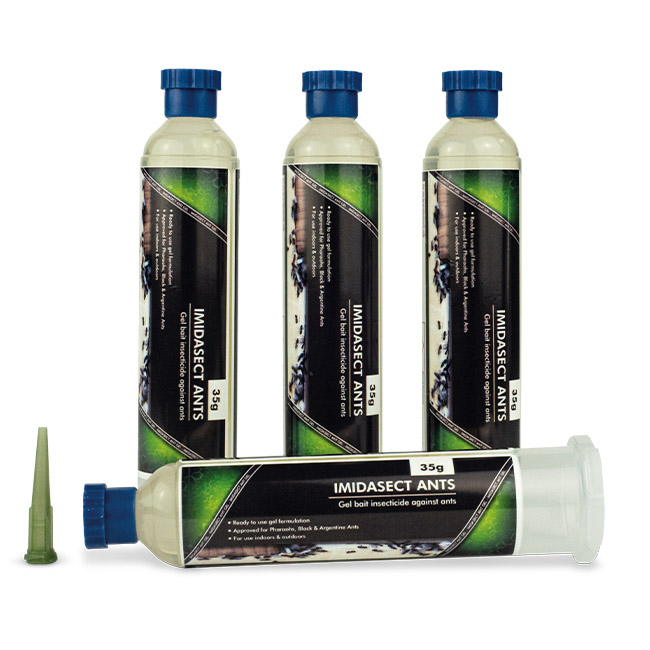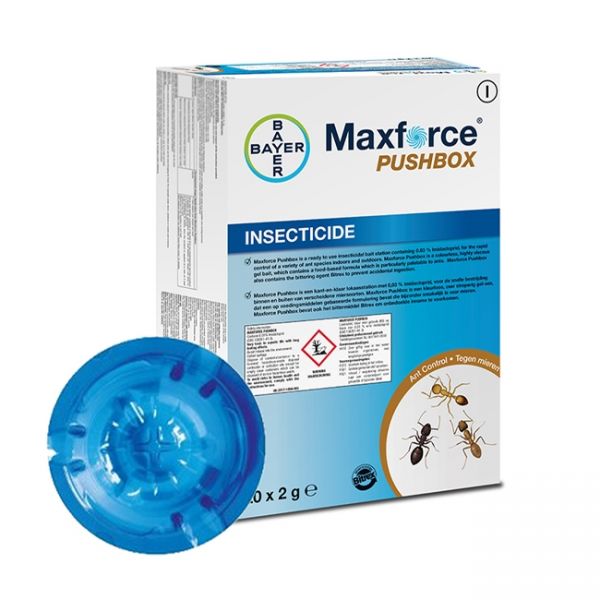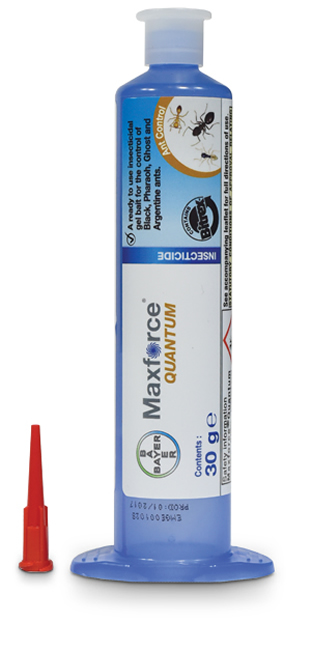Common Wasp (Vespula vulgaris)
Common Wasp (Vespula vulgaris)
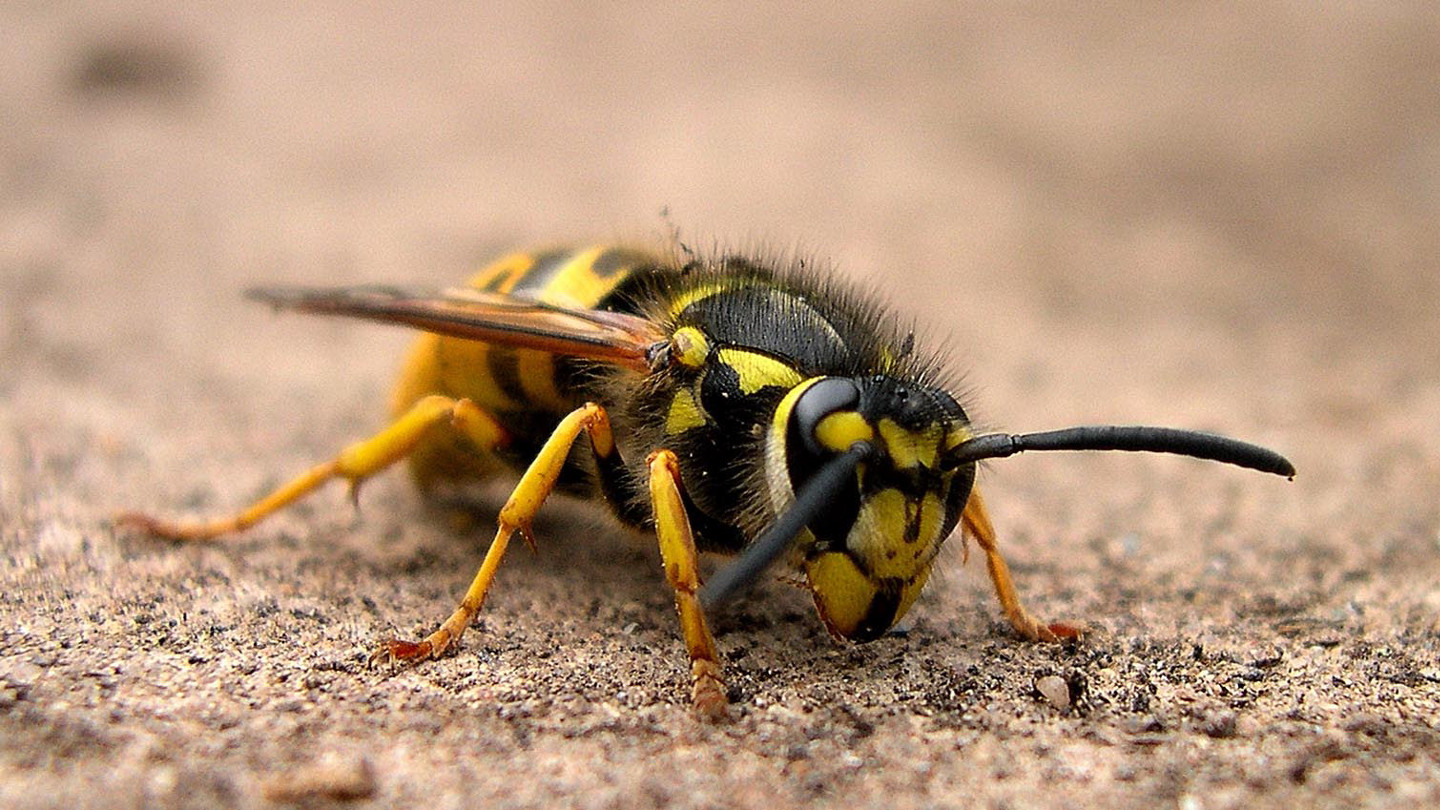 |
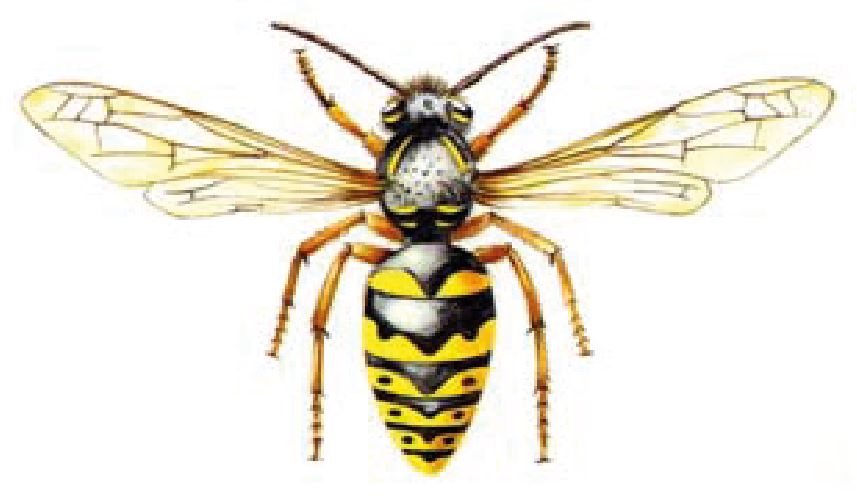 |
Identification:
10 – 20 mm long, distinctive black & yellow banding and a narrow waist in the middle.
Biology:
A young fertilised queen wasp chooses a suitable site to construct a small golf ball sized nest after emerging from hibernation in early spring. The nest is made from a mixture of chewed wood and saliva. Within individual chambers inside this nest she will lay between 10 and 20 eggs, feeding the emerging larvae on small insects. The first brood of adult workers called sterile females takes over the task of enlarging the nest and providing food for the subsequent eggs laid by the queen. The size of wasp colonies will vary from year to year, but at its maximum nests may contain between 5 – 10,000 wasps. At the onset of autumn, new males fertilise new queens, who then leave the nest in search of hibernation sites over winter to start new colonies the following spring.
Control:
Nests can be located by searching likely sites on fine days for signs of wasp activity. Flight lines of foraging wasps converging towards or diverging away from nests may be observed in order to pin-point the nests. Ideally nests should only be treated with insecticides when activity around the nest is quiet. Operators should wear suitable protective clothing including a veil, gloves and tight fitting sleeves and trouser cuffs. Other people should be kept away. Wasp’s nests are treated using an insecticide dust, which is applied on to or around the entrance of the nest, returning workers will then carry the insecticide further into the nest. There will be increased activity around the nest entrance for at least an hour after treatment. The nest will be completely destroyed within 24 hours. Faster acting treatment involving soaking the nest may also be possible using a liquid formulation or aerosol formulation.
**Products to control Common Wasp:
|
Imidasect Ant Gel (35g tube) |
Maxforce Pushbox (20 x 2g) |
Maxforce Quantum Gel (30g tube) |

